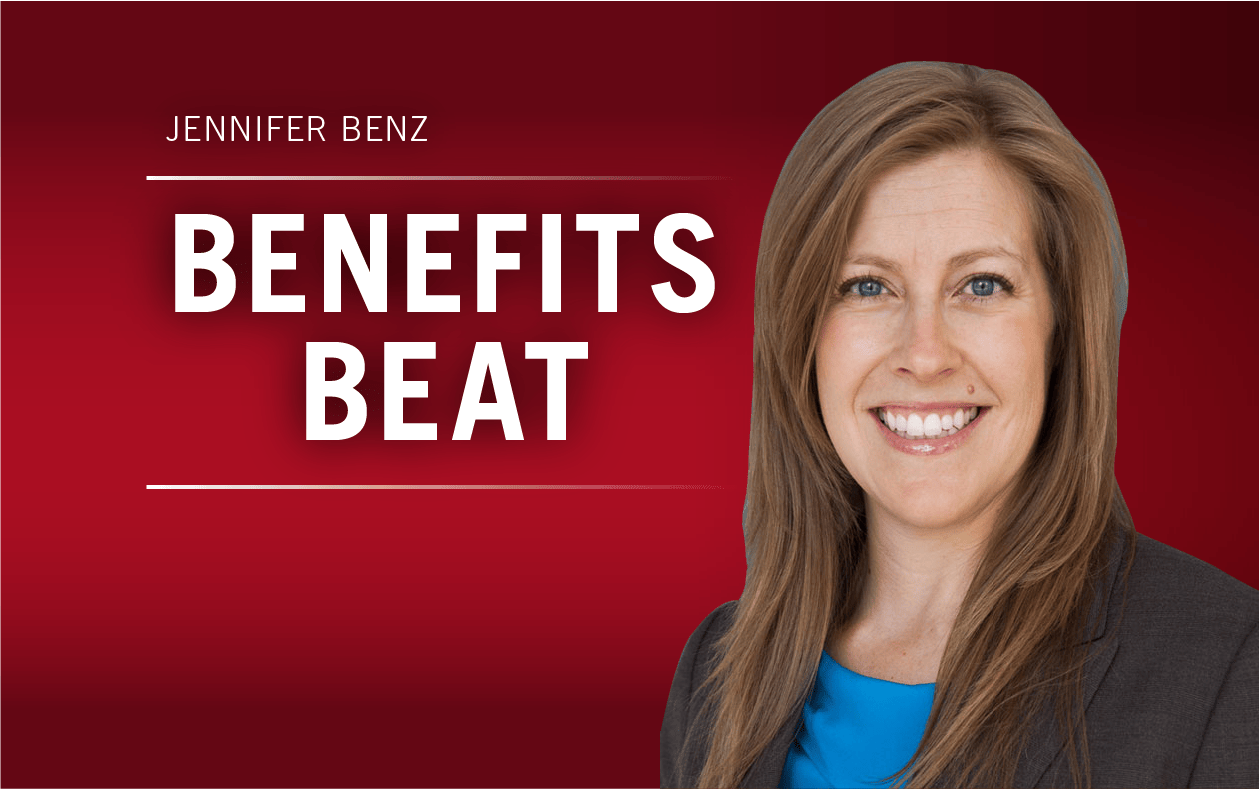At the start of the year, I took a personal crash course in navigating organizational change. Despite consulting on issues around change management for most of my career, I learned it’s a different animal when you’re right in the middle of it yourself. Going through a big change reinforced a lot of what I know — and it gave me some new insights.
The source of all this change? My company, Benz Communications, joined forces with The Segal Group on Jan. 1. By absolutely all measures, this was — and is — an awesome step for our team, our business and our clients.
Segal is an 80-year-old privately held employee benefits and HR consulting firm that works with an amazing group of clients around the country. Our communications team doubled from 30 to 60 people, and we are so proud to be part of an organization with Segal’s history, values, people and clients. One of my favorite comments from a member of my team was “I feel like I just got an even better job — along with 30 of my best friends.”
Still, all the good stuff doesn’t mean change isn’t hard.
One of the things I learned is that it takes people a while to digest information when they are caught off guard. Fortunately, we were able to share our news in person with the Benz team during our annual end-of-year celebration in November.
But they were expecting to enjoy the time with colleagues and rejoice in all the great work we created during the year; no one was expecting me to announce a huge organizational change like this. That kind of surprise, no matter how good the news is, creates anxiety.
Also in Benefits Beat: Make Benefits and Internal Communications Inseparable
One of my team members said, “I know your lips were moving, but I didn’t absorb a thing you said.” It highlights an important lesson for corporate communicators, reinforcing why you have to give people time to absorb information and why you need to say things many times and in multiple ways.
It was also a reminder that leaders and employees experience change in entirely different ways. When I talk to clients about this, I tell them to remember that leaders have more context, more insight, more control and more notice.
It takes people a while to digest information when they are caught off guard. No matter how good the news is, surprise creates anxiety.
Those factors make it hard to put themselves in employees’ shoes. Even so, I was surprised by how big a blind spot I had in predicting my team’s concerns. Fortunately, people felt comfortable telling me exactly what they and their colleagues needed (it helps to have several communications consultants among them!). But over and over, I was disappointed in myself for not being able to anticipate their concerns on my own.
One example: Benefits changes are hard — even for a team of benefits experts. We didn’t have much time to move the Benz team onto Segal’s systems and benefits.
It’s hard getting up to speed on new programs, understanding how they compare to the old ones and making decisions — especially when you have so many other questions and concerns bubbling around. And present discomfort obscures long-term gain.
Our benefits package at Segal is far richer than what we had as a small business — we have a 401(k) match and a pension plan! But when your prescription ID card doesn’t arrive and you’re at the pharmacy with a sick kiddo, you’re not thinking about your pension plan.
And that was a big lesson for me. In times of change, not only do you need to communicate more, but you also need to thoughtfully engineer the small stuff.
Also in Benefits Beat: Employers Should Be Bold With Their Benefits
Go above and beyond to make sure there are no kinks in the systems or information flow. I recently caught up with a longtime friend and client who works for a large global corporation. She is immersed in M&A all year, because their business strategy relies so much on acquiring new companies. She said they have perfected almost everything about acquiring new companies — except delivering medical plan ID cards. That’s still a huge pain point for new employees and the one thing that continues to be a disconnect. It’s the small stuff.
I hope these personal anecdotes will help you navigate your next big change. While they are the lessons learned, we did plenty of things the right way, too.
Most importantly, we started from a place of trust and transparency, built from an employee-centered culture. And we joined an organization that shares our core values and also prioritizes doing the right thing for employees. Those are the best things any organization can have to help navigate the inevitable changes ahead.





 Finally, the Pension Protection Act of 2006 allowed plan sponsors to automatically enroll workers into what is called a qualified default investment alternative, or QDIA, a type of investment that would meet a participant’s retirement needs. Target-date funds fall under that umbrella.
Finally, the Pension Protection Act of 2006 allowed plan sponsors to automatically enroll workers into what is called a qualified default investment alternative, or QDIA, a type of investment that would meet a participant’s retirement needs. Target-date funds fall under that umbrella.